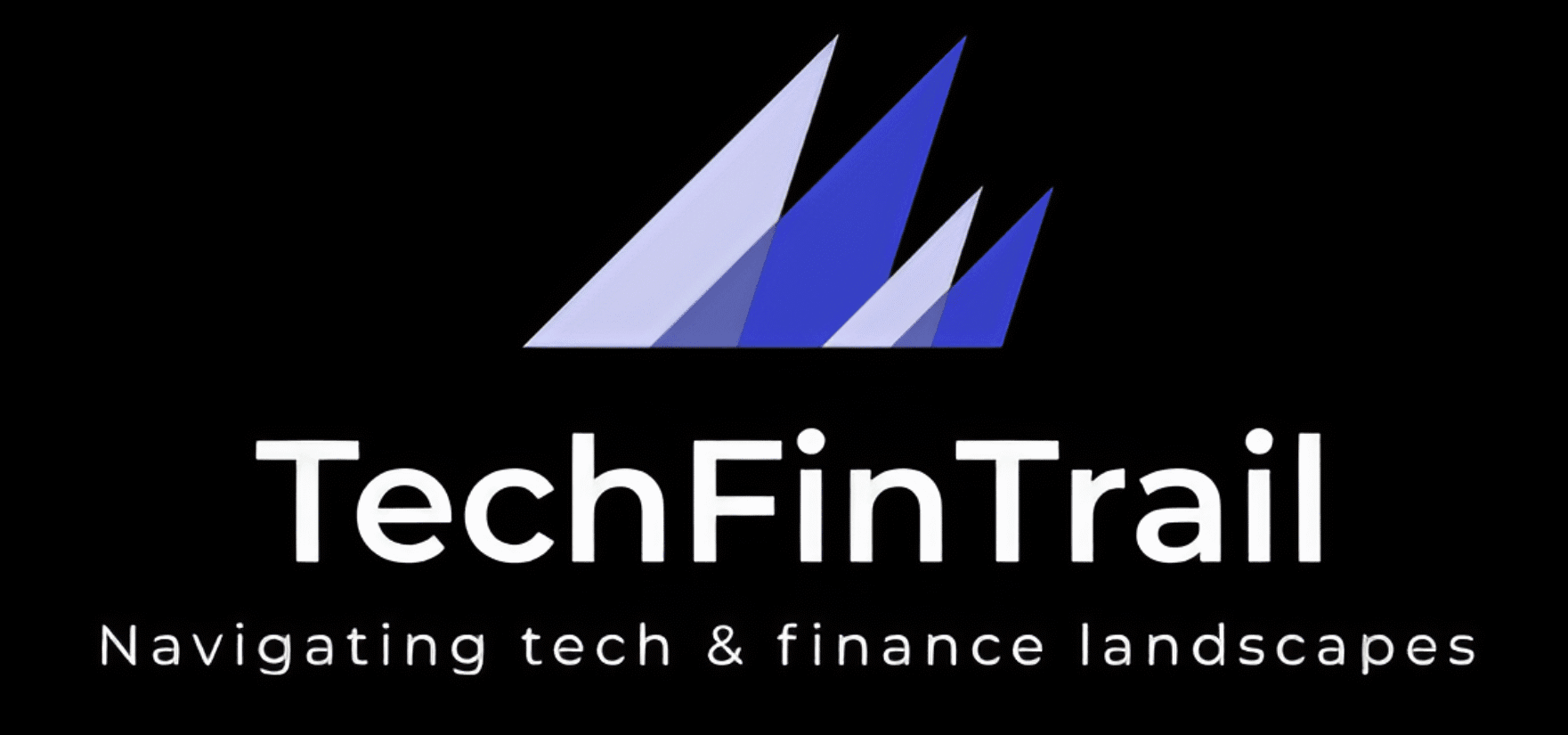
In 2025, India’s financial sector is at a turning point. With rapid digitization and increasing regulatory support, Blockchain technology is emerging as the cornerstone of innovation in the finance industry. From enhancing transparency in transactions to reducing fraud and improving efficiency, it is no longer a buzzword—it’s a real solution shaping the future of Indian finance.
In this blog, we’ll explore how Blockchain is transforming the financial sector in India, the opportunities it brings, the challenges it must overcome, and what the future may hold.
What is Blockchain and Why Does It Matter?
At its core, It is a decentralized digital ledger that records transactions across a network of computers. Each transaction is time-stamped, encrypted, and linked to the previous one, forming a secure and tamper-proof chain.
Key Features of Blockchain
| Feature | Description |
|---|---|
| Decentralization | Eliminates the need for central authorities like banks |
| Transparency | All transactions are visible and verifiable |
| Security | Uses cryptography to ensure data integrity |
| Immutability | Records cannot be altered once they’re on the chain |
| Efficiency | Enables faster processing compared to traditional systems |
Why India Needs Finance
India is home to one of the fastest-growing digital economies. Yet, its financial systems face several challenges such as:
- Financial frauds
- Lack of transparency
- Inefficiencies in clearing and settlement
- Inclusion issues in rural and semi-urban areas
Blockchain addresses these pain points by creating trust without the need for intermediaries.
Applications of in India’s Financial Sector
Let’s dive into how Blockchain is being used across different financial services in India.
1. Banking and Payments
Major Indian banks like ICICI, HDFC, and SBI have already tested Blockchain for international remittances and trade finance. It speeds up cross-border transactions, reduces costs, and enhances security.
| Traditional Banking Process | With Blockchain |
|---|---|
| Remittance takes 2-5 days | Near real-time settlements |
| High transaction fees | Lower fees due to fewer intermediaries |
| Centralized records prone to hacks | Decentralized ledger with tamper-proof data |
2. Smart Contracts
Smart contracts are self-executing contracts coded on. They automatically trigger actions when pre-set conditions are met, removing the need for brokers or middlemen.
Use Cases:
- Loan disbursement and repayment automation
- Insurance claim processing
- Real estate agreements
3. Digital Identity and KYC
Conducting Know Your Customer (KYC) is a major pain point for banks. With a user’s digital identity can be stored once and reused with secure access control.
This reduces:
- Repetition in documentation
- Manual verification delays
- Identity theft risks
4. Stock Trading and Asset Tokenization
Stock exchanges like NSE and BSE are exploring Blockchain for clearing and settlement. Tokenization of assets also allows fractional ownership of real estate, gold, or artwork—making investment more accessible.
Startups Revolutionizing Indian Finance
India has seen a rise in innovative Blockchain startups that are solving real-world problems:
| Startup | Use Case |
|---|---|
| Instadapp | Decentralized finance (DeFi) services |
| WazirX | Crypto exchange enabling Blockchain adoption |
| Signzy | AI + Blockchain for digital KYC and compliance |
| Zupple | document verification |
Government and Regulatory Support in 2025
The Indian government has taken proactive steps to encourage the adoption of Blockchain while regulating crypto assets separately. Key developments include:
- National Strategy by MeitY (Ministry of Electronics and IT)
- Reserve Bank of India’s (RBI) interest in launching a CBDC (Central Bank Digital Currency)
- State-led initiatives: Andhra Pradesh and Maharashtra are leading pilot projects using Blockchain in land records and public distribution systems
Challenges Facing in India’s Finance Sector
Despite its potential, Blockchain faces hurdles that need to be addressed:
| Challenge | Explanation |
|---|---|
| Lack of awareness | Many financial institutions are unaware of implementation |
| Scalability issues | Public can be slow and resource-intensive |
| Regulatory ambiguity | Lack of clear crypto regulations causes hesitation |
| Interoperability | Integration with legacy financial systems is complex |
How To Solves Key Financial Problems in India
Problem-Solution Table
| Problem in Finance | How Blockchain Helps |
|---|---|
| Fraud and counterfeiting | Immutable transaction history eliminates tampering |
| Delays in settlements | Real-time processing using distributed ledgers |
| Exclusion from formal banking | wallets and DeFi enable financial inclusion |
| Costly compliance and documentation | Smart contracts and digital identity reduce paperwork |
| Lack of trust in third parties | Trustless systems reduce dependency on centralized actors |
The Future Outlook:Indian Finance by 2030
By 2030, India is expected to:
- Support 10x faster financial services
- Reduce transaction costs by 30-50%
- Enable financial inclusion for over 200 million unbanked citizens
- Automate 40% of backend banking operations using smart contracts
- Power CBDCs for secure and transparent digital payments
Estimated Market Growth
| Year | Estimated Market Size in Finance (India) |
|---|---|
| 2025 | $2.5 Billion USD |
| 2030 | $12 Billion USD |
How You Can Prepare for the Future
If you’re a student, entrepreneur, or financial professional, here’s how you can get involved:
Actionable Tips
- Learn fundamentals (Platforms: Coursera, Udemy, NPTEL)
- Explore use cases in finance like DeFi and NFTs
- Build projects or join hackathons (ETHIndia, TechGig, etc.)
- Stay updated with RBI and SEBI guidelines
- Collaborate with startups or get internships
Conclusion
It is not just a future technology—it is a present-day necessity for India’s evolving financial landscape. As 2025 unfolds, the synergy between innovation and regulation will decide how deeply Blockchain integrates into banking, insurance, asset management, and beyond.
Whether you’re an investor, a policymaker, or a curious learner, understanding Blockchain today will help you be part of the financial revolution tomorrow.
Resources to Learn More
- NITI Aayog’s Blockchain India Strategy Paper (PDF)
- RBI Report on CBDC Development
- World Economic Forum on Blockchain in Finance
- SEBI Regulatory Sandbox for Blockchain







